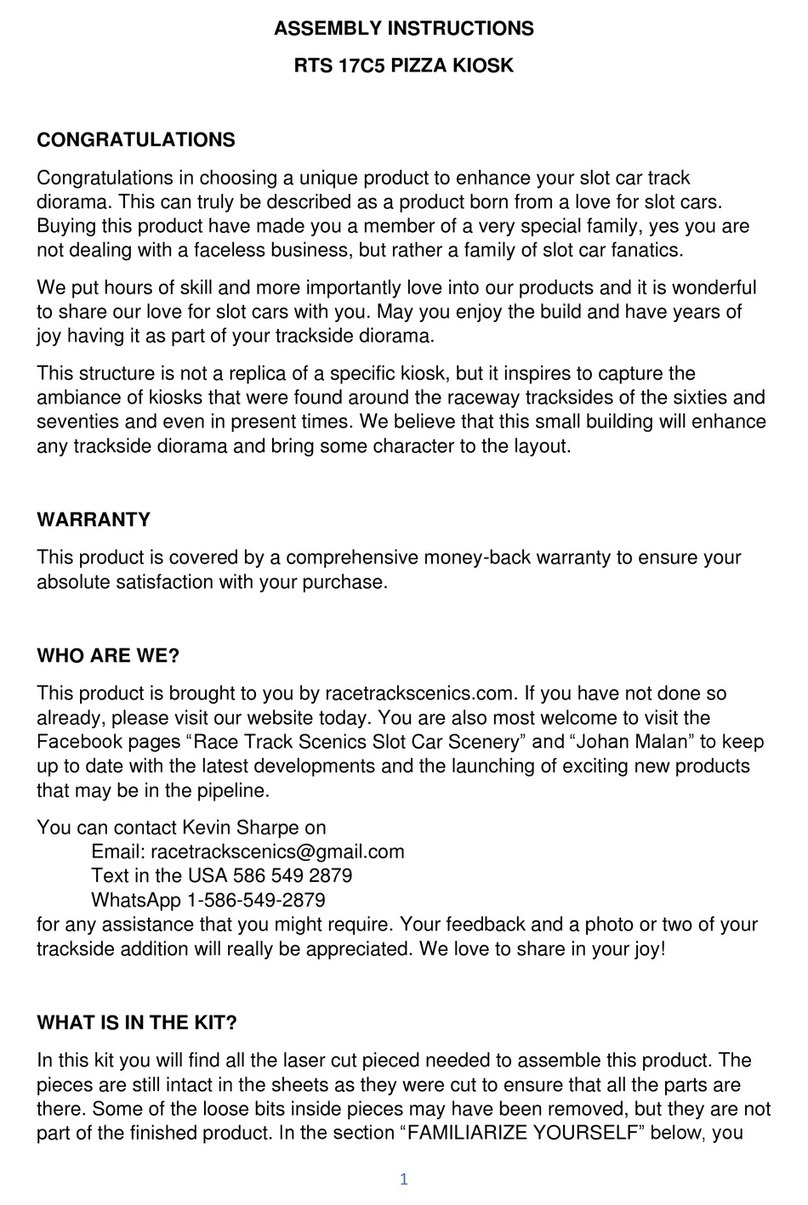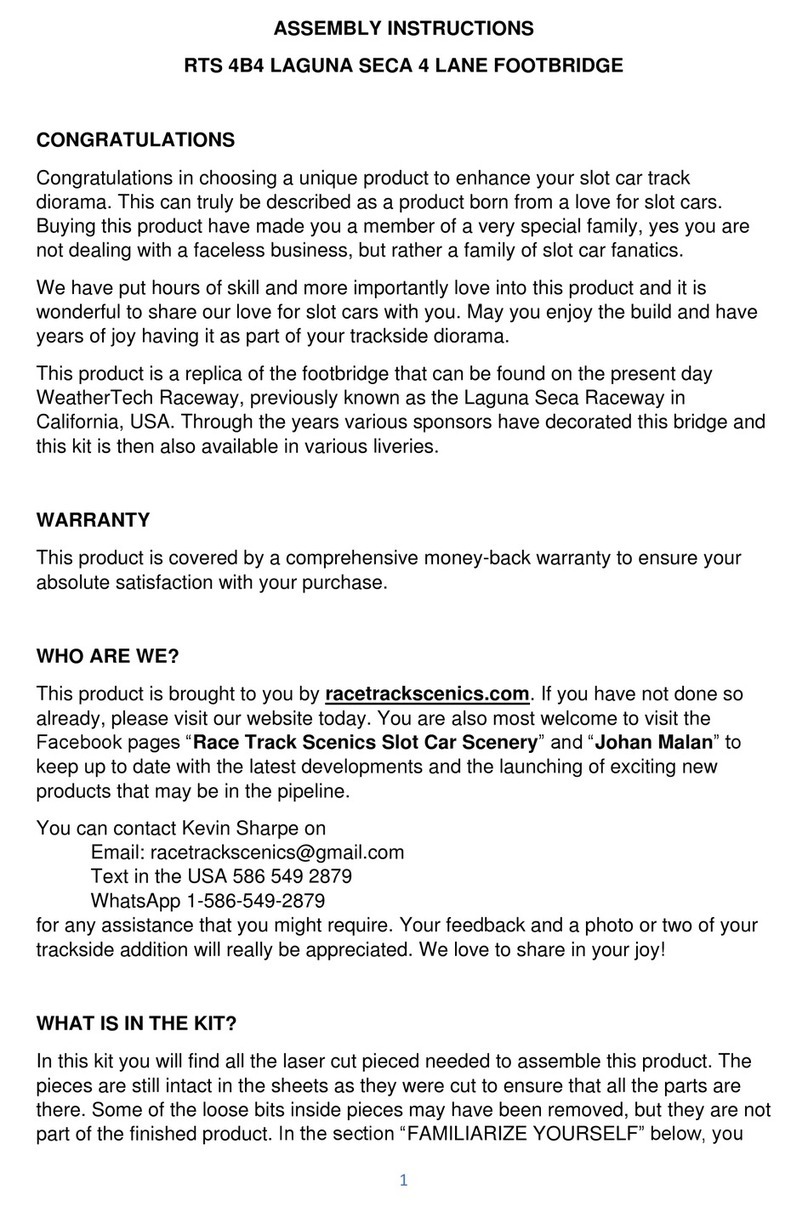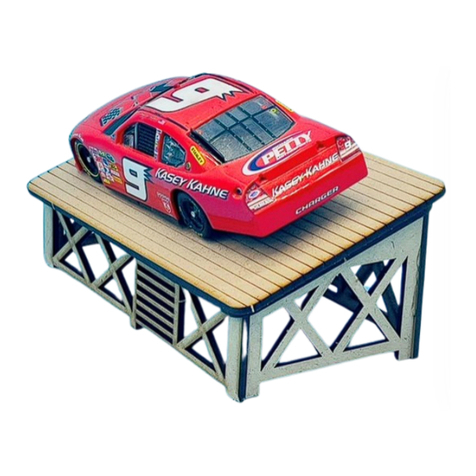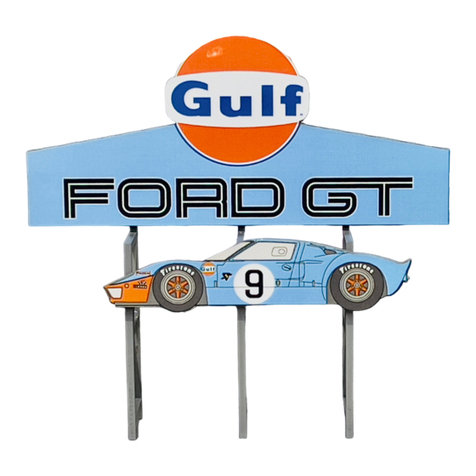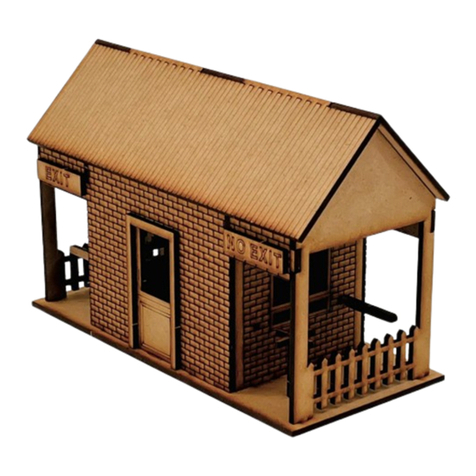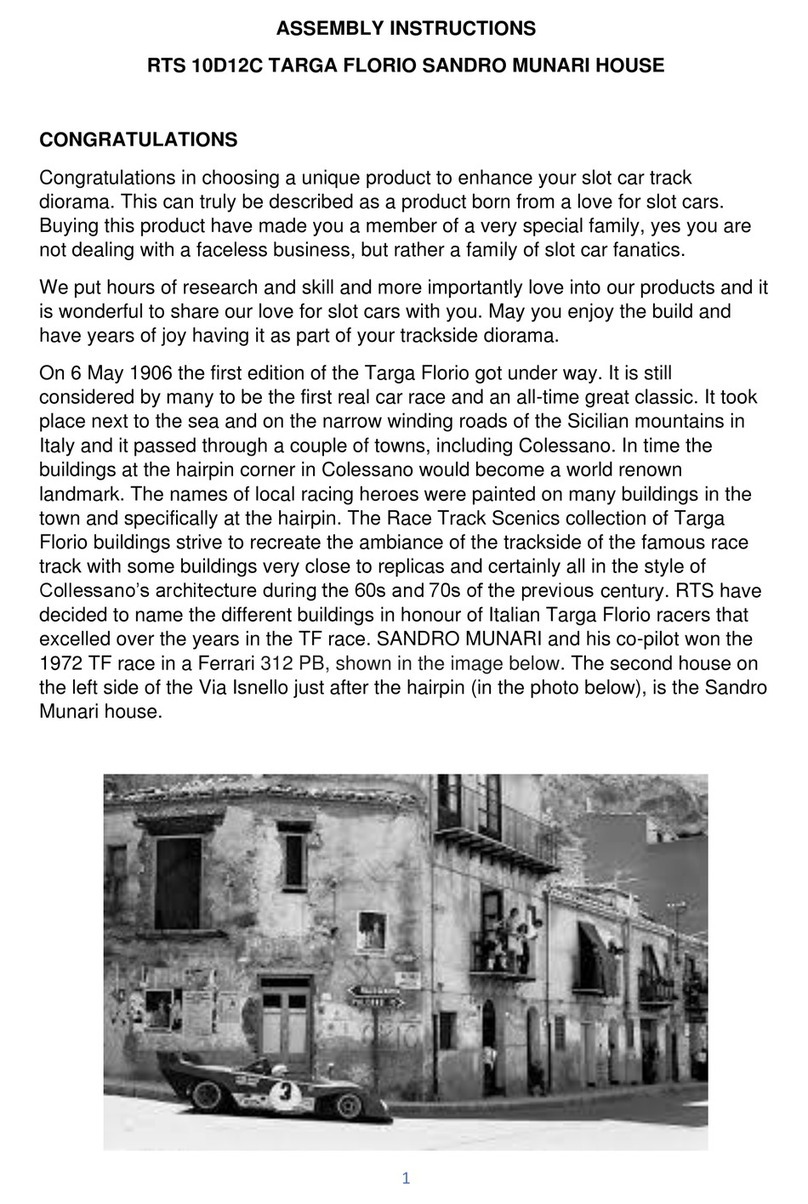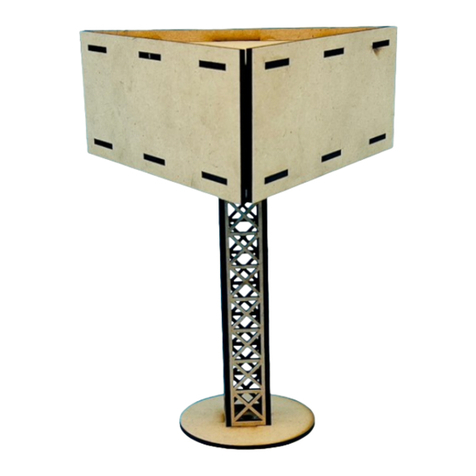6
that the parts are not upside down or mirrored. In most instances it will make no
difference, but in others it may be crucial to ensure a perfect product in the end.
PAINTING YOUR PRODUCT
We would strongly advise you to finish the product with paint or wood stain to make
them as appealing as possible. The parts should be primed (2 coats) and painted
before final assembly. Spray paint can also be used to get a very smooth finish. Oil
or water-based paint can be used and specialised paints like chalk paint can be used
to give unique finishes.
Generally, it is highly advisable to paint/spray before gluing. You may not be able to
get to the inside of the structure after it is glued together. Covering all the parts that
must not be painted or sprayed with the same colour can be a tedious process. Pre-
painting will avoid this process.
Please ensure that no paint clog a sleeve where a lug must fit in later. The
tolerances are often so tight that too thick a layer of paint may cause problems. It is
our experiences that a small foam roller instead of a brush, will produce a better
finish.
Applying a base or undercoat normally makes life easier afterwards. Using a single
colour for the undercoat of all parts works quite well from personal experience. Using
a single colour for this works quite well from personal experience. You can you
choose the paint of your preference, whether it is oil or water based. A chalk paste
can give a unique finish to walls and give a weathered look if so desired.
LET’S GET STARTED WITH THE ASSEMBLY
You can start by gluing the nubs at the bottom of the side walls (B 1-2) and the rear
wall (E) into the slots of the floor (A). All that is needed for a proper sturdy assembly
is some glue where any two parts touch each other. The lugs that fit into the slots
stop any movement, but the glue holds all the parts together. The walls must
therefore have glue at the bottom and the sides where the walls touch each other
(only a little bit of glue is required). Gently press down on the walls to ensure a snug
fit. Ensure that all the walls are plumb and square before the glue fully sets. Allow
the glue to set before you proceed.
Next you can glue the “shoes” (N 1-12) to the two outside supports (C 1-2) and the
centre support (D). Simply glue the nubs at the top of these walls into the slots of the
shoes. Apply some gentle pressure on the shoes to ensure a snug fit. Once the glue
has set you can glue these three supports into the slots of the floor (A).
Next the three seats (F 1-3) and the rear seat (G) can be glued onto the shoes on
top of the supports. Then the nubs of the backrests (J 1-6) and (K) can be glued into
the slots of the front three rows and the back row of seats.




